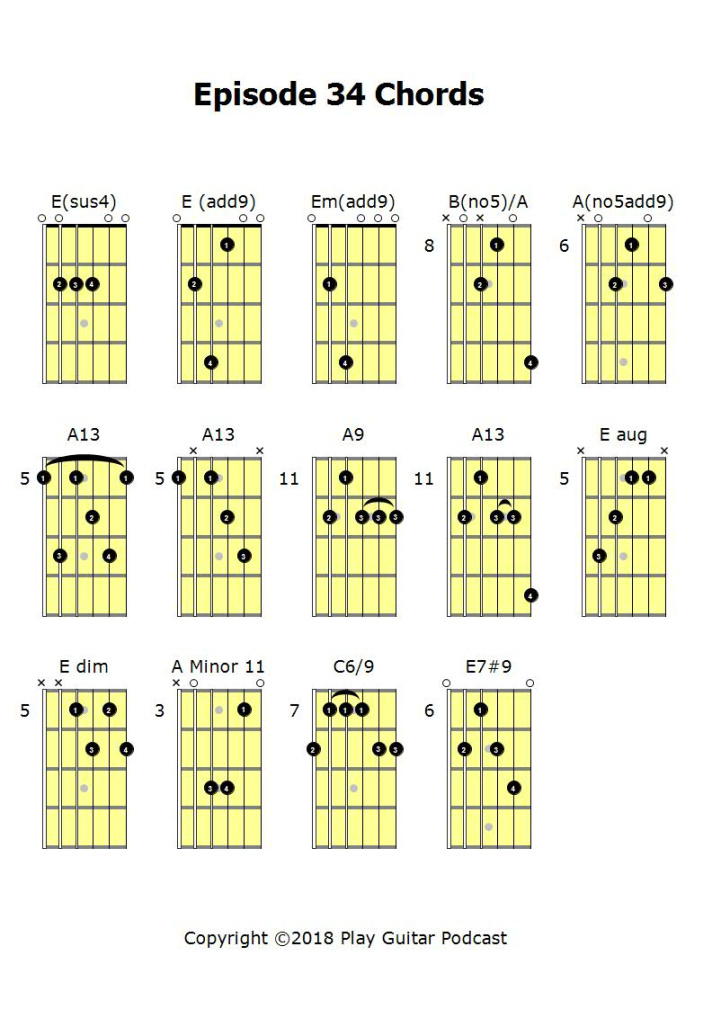Title: Beyond the Basics: Diving into Experimental Guitar Chord Progressions
So, you’re a guitarist, right? You know your basic chords, you’ve dabbled in the usual I-IV-V progressions, and you’re starting to feel… well, a little bored. It happens. We all get there. The good news is, there’s a whole world of sonic exploration waiting for you beyond those standard chord changes. Let’s talk about experimental guitar chord progressions – getting weird, pushing boundaries, and finding your own unique sound.
What Exactly Makes a Progression “Experimental”?
It’s a good question. Basically, it’s anything that deviates from the common, predictable patterns we hear in most popular music. Think of it as breaking the rules, but in a way that still sounds interesting (hopefully!). This could involve:
Using chords outside of the key.

The goal isn’t just to be random; it’s to create a progression that evokes a specific mood or feeling, even if that feeling is a little unsettling or ambiguous.
Breaking Out of the Key
One of the easiest ways to start experimenting is by introducing chords that don’t naturally belong in the key you’re playing in. Let’s say you’re in the key of C major. The usual chords are C, Dm, Em, F, G, Am, and Bdim. But what if you threw in an Ab major or an E major? Suddenly, you’ve created tension and a sense of surprise. These out-of-key chords, often called “borrowed chords” or “secondary dominants,” can add a rich, unexpected flavor to your music.
Unusual Chord Voicings
It’s not just about the chords themselves; it’s also about how you play them. Try inverting chords, using different fingerings, or adding extensions like 9ths, 11ths, or 13ths. A simple C major chord can sound completely different if you play it with a different bass note or add a 9th. These voicings can create a sense of depth and complexity, transforming a basic progression into something much more interesting.
Rhythmic Variations
Chord progressions aren’t just about the notes; they’re also about the rhythm. Try changing the duration of the chords, adding syncopation, or playing with different strumming patterns. Even a simple progression can sound fresh and exciting with a rhythmic twist. For instance, instead of playing each chord for a full bar, try playing them for shorter durations, or adding pauses and rests.
Dissonance and Tension
Dissonance, or the clash of notes that don’t seem to fit together, can be a powerful tool in experimental progressions. Don’t be afraid to use chords that create tension or a sense of unease. Diminished and augmented chords, as well as chords with added dissonant intervals, can add a sense of drama and intrigue to your music. The key is to use dissonance intentionally, rather than accidentally.
Exploring Less Common Chord Types
Beyond major and minor, there’s a whole world of chord types waiting to be explored. Augmented, diminished, suspended, and extended chords can add a unique character to your progressions. For example, a C augmented chord (Caug) can create a sense of instability, while a C diminished 7th chord (Cdim7) can add a haunting, mysterious vibe. Experiment with these less common chord types to discover new sonic possibilities.
Practical Exercises for Experimentation
Okay, so how do you actually start experimenting? Here are a few exercises to get you going:
Start with a simple I-IV-V progression and try replacing one of the chords with an out-of-key chord.
Listening and Learning
One of the best ways to learn about experimental chord progressions is to listen to music that uses them. Jazz, progressive rock, and avant-garde music are great sources of inspiration. Pay attention to the chord changes, the rhythms, and the overall mood of the music. Try to analyze the progressions and figure out what makes them sound so unique.
Finding Your Own Voice
Ultimately, the goal of experimenting with chord progressions is to find your own unique voice as a guitarist. Don’t be afraid to break the rules and try new things. Some experiments will work, and some won’t, but that’s all part of the process. The most important thing is to have fun and keep exploring.
Conclusion
Experimental guitar chord progressions are a gateway to unlocking a new level of creativity and sonic exploration. By stepping outside the confines of traditional chord changes and embracing unusual voicings, rhythms, and dissonances, you can create music that is truly your own. It’s a journey of discovery, a constant process of learning and refinement. So, pick up your guitar, start experimenting, and see where your musical imagination takes you. Don’t be afraid to make mistakes, to sound weird, and to push the boundaries of what you thought was possible. The world of music is vast and full of surprises, and your unique progression is waiting to be found.

